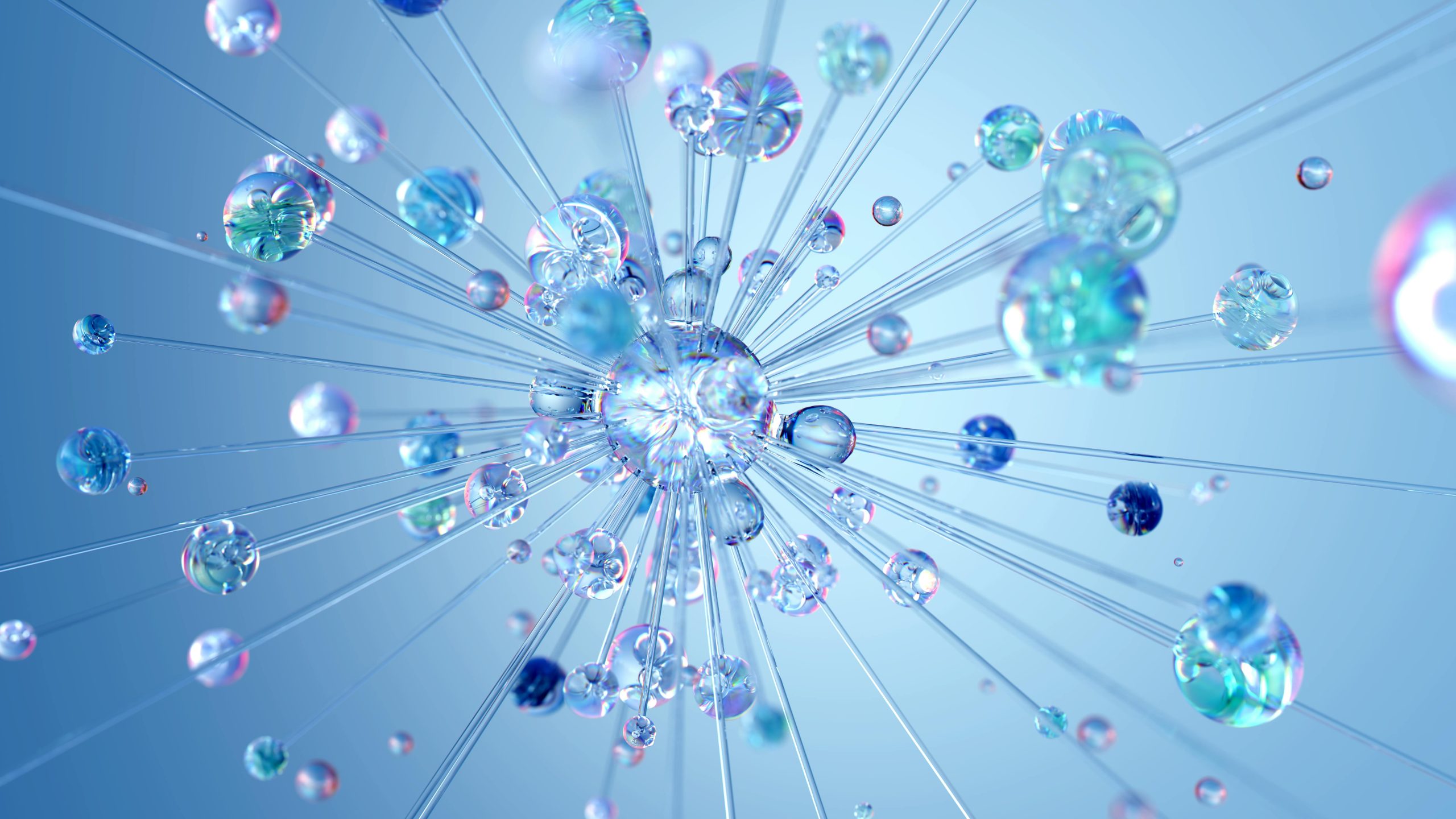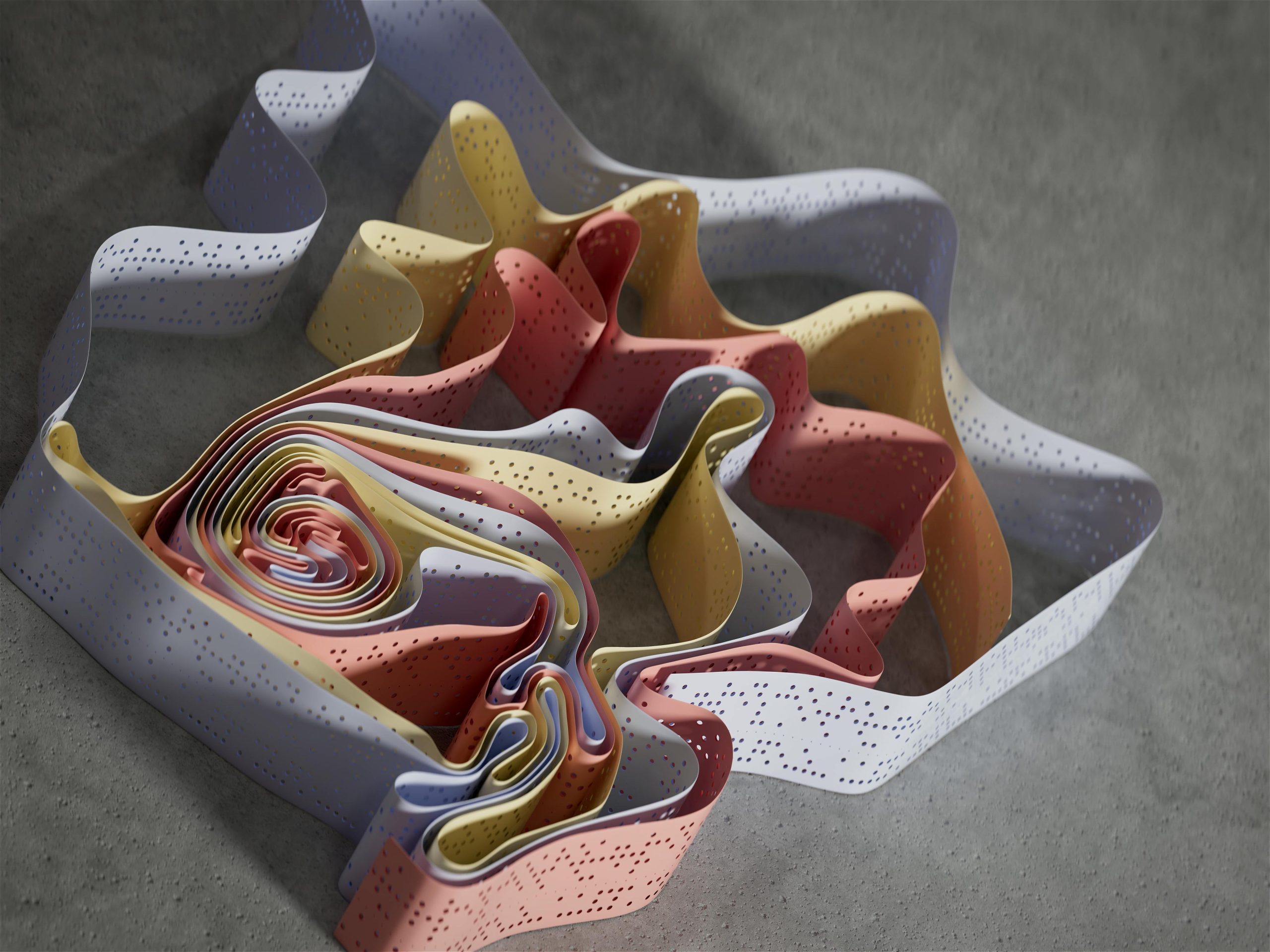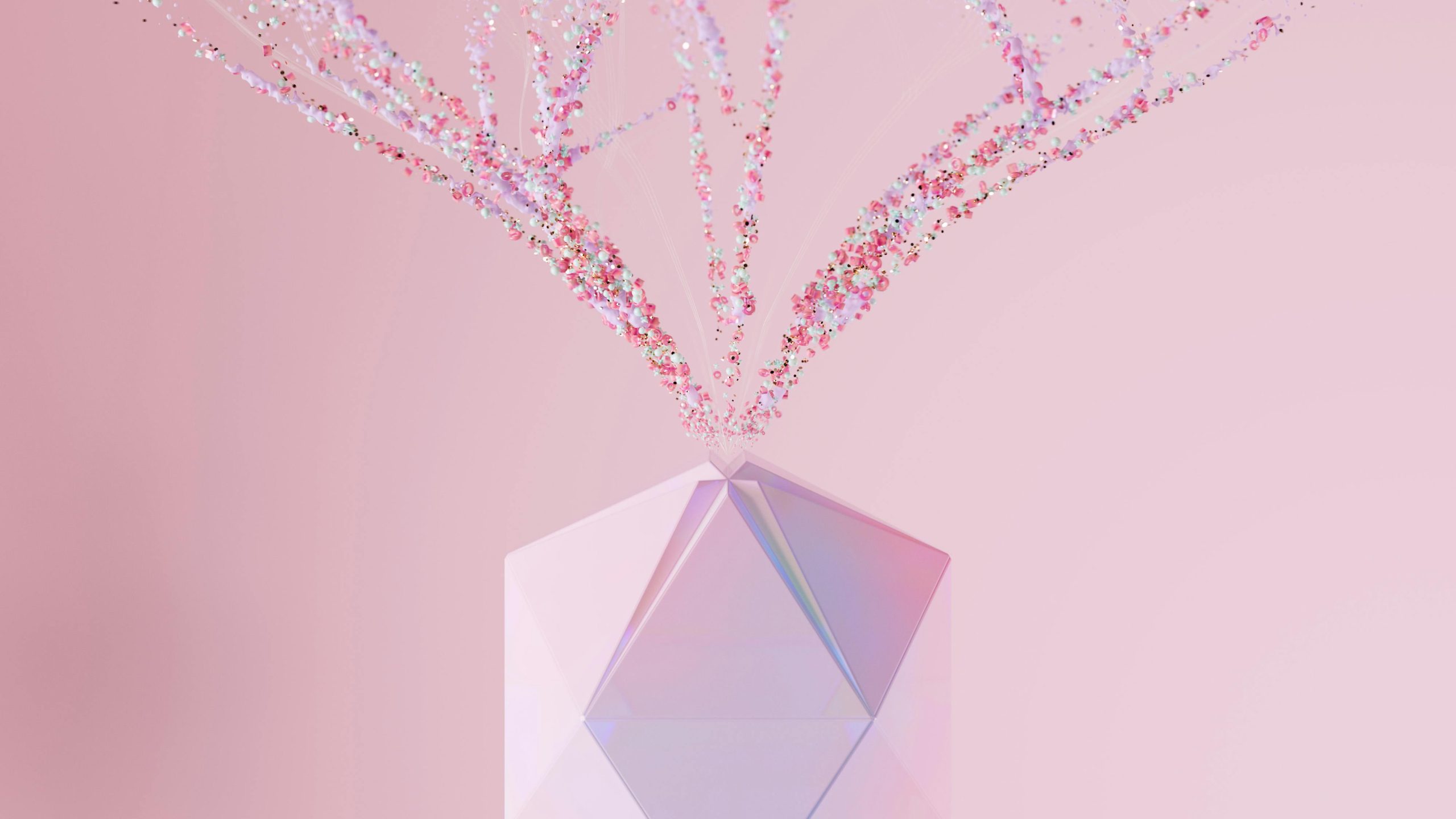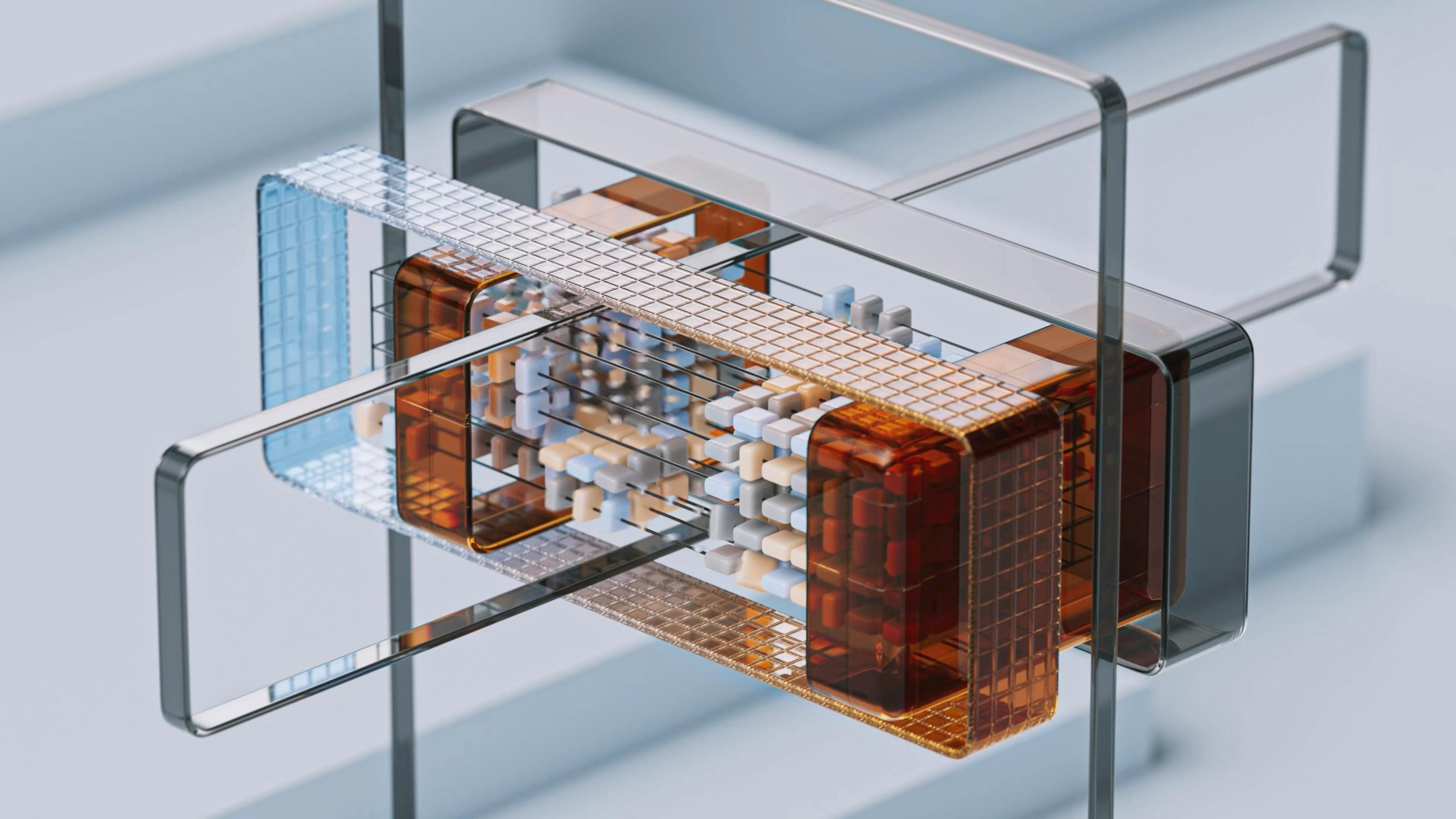Imagine a world where artificial intelligence has the power to turn your wildest dreams into reality with just a click of a button. The possibility of generating an entirely new image based on an existing one seems like something out of a science fiction novel, but thanks to advancements in AI technology, this concept is now within reach. From transforming a simple doodle into a breathtaking landscape to creating futuristic designs inspired by everyday objects, the potential for AI-generated images is limitless and bound only by our imagination. In this article, we delve into the fascinating realm of AI image generation and explore whether machines truly have the ability to bring forth artistry from pixels and algorithms. Join us on this journey as we uncover the secrets behind the magic of AI creativity and discover just how far technology can push the boundaries of visual innovation.
Understanding Image Generation with AI
Image generation with AI has revolutionized the way we perceive creativity and art. Using techniques like GANs (Generative Adversarial Networks) and deep learning algorithms, AI can now generate highly realistic images based on input data. By understanding the underlying mechanisms of how AI processes images and learns to create new ones, we uncover a world of endless possibilities in digital artistry. It’s fascinating to see how neural networks can analyze patterns, textures, and shapes to produce original content that blurs the line between human creation and artificial intelligence.
Moreover, the ability of AI to generate images from text descriptions or even imagine entirely new scenes showcases its potential for enhancing various industries like design, entertainment, and gaming. This capability not only streamlines creative workflows but also opens up avenues for innovative applications in areas such as virtual reality and augmented reality. As we delve deeper into the realm of image generation with AI, we are constantly pushing boundaries and challenging our perceptions of what machines are capable of achieving in terms of visual expression.

Techniques used by AI for image generation
One popular technique used by AI for image generation is Generative Adversarial Networks (GANs). GANs consist of two neural networks – a generator and a discriminator – that work together in a competitive manner. The generator creates images from noise, while the discriminator evaluates these generated images compared to real ones. Through this adversarial process, GANs can produce realistic images with great detail and diversity.
Another innovative method is Variational Autoencoders (VAEs), which are based on the encoding and decoding of input data. VAEs aim to learn the underlying distribution in data and generate new samples by sampling from it. By balancing reconstruction accuracy and latent space smoothness, VAEs can efficiently generate diverse images while avoiding mode collapse, a common issue in some other generative models. These techniques showcase the exciting progress AI has made in image generation capabilities, opening up intriguing possibilities for various applications across industries.
Challenges and limitations in image generation
Image generation using AI has made remarkable strides in recent years, but challenges and limitations still exist. One major challenge is the generation of realistic and high-quality images consistently. AI models often struggle with producing detailed textures, accurate colors, and realistic shadows, leading to generated images that appear artificial or distorted. Additionally, maintaining semantic consistency between the input image and the generated output remains a significant hurdle.
Furthermore, another limitation in image generation is the lack of interpretability in the results. While AI can successfully generate images based on input data, understanding why certain decisions were made by the model can be complex. This lack of transparency raises concerns about reliability and trustworthiness when using AI-generated images for critical applications such as medical imaging or autonomous vehicles. Addressing these challenges and limitations will be crucial for advancing the field of image generation and unlocking its full potential across various industries.

Applications of AI-generated images
The applications of AI-generated images extend far beyond simple aesthetics, delving into realms of creativity, problem-solving, and innovation. One compelling use is in the field of virtual prototyping, where AI can design and generate realistic product images from rough sketches or concept ideas. This significantly speeds up the product development process while also allowing for more iterative design modifications.
In the realm of education and training, AI-generated images have revolutionized simulation experiences by creating highly detailed visuals that mimic real-world scenarios with astonishing accuracy. For medical students, this means being able to practice surgical procedures on lifelike virtual patients before ever setting foot in a real operating room. Such applications not only enhance learning but also contribute to better outcomes in healthcare through well-prepared professionals.
Lastly, AI-generated images have found their way into marketing strategies, enabling businesses to create personalized content at scale by generating custom imagery tailored to individual preferences and behaviors. By harnessing the power of AI to craft targeted visual elements for advertising campaigns or website designs, companies can effectively engage with their audience on a deeper level and drive higher conversion rates.
Ethical considerations in AI-based image creation
When diving into the realm of AI-based image creation, ethical considerations emerge as a critical focal point. With AI’s ability to generate realistic images, questions surrounding copyright infringement, privacy violations, and manipulation techniques come to light. The use of AI to create images raises concerns about authenticity and the potential misuse of generated content.
Furthermore, the concept of bias in AI algorithms introduces another layer of complexity to ethical considerations. These biases can perpetuate harmful stereotypes or misrepresent certain groups within images created by AI systems. As such, it is essential for developers and users alike to grapple with these ethical dilemmas and strive towards creating a more responsible framework for AI-driven image generation. By reflecting on these moral quandaries and actively working towards solutions, we can navigate the evolving landscape of AI technology with integrity and respect for ethical principles.

Conclusion: The future of image generation with AI
As we dive into the realm of image generation with AI, one thing becomes clear: the possibilities are seemingly limitless. From style transfer to deep learning algorithms that create photorealistic images, the future holds immense potential for this technology. We can only imagine what breakthroughs await us in terms of creating visual content for various industries and artistic endeavors.
With advancements in machine learning and neural networks, AI is continuously improving its ability to generate high-quality images from scratch or based on existing ones. The concept of creativity being intertwined with artificial intelligence challenges traditional notions of artistry and raises questions about the role of human artists in a world where machines can also produce visually compelling works. However, it’s important to remember that AI is a tool meant to enhance human creativity rather than replace it entirely – collaboration between humans and algorithms could lead to groundbreaking innovations in image generation that we have yet to even fathom.
The future of image generation with AI promises not just efficiency gains but also opens up new avenues for experimentation and expression. As we navigate through this evolving landscape, it’s crucial to strike a balance between embracing the capabilities of artificial intelligence while preserving the unique touch that human creativity brings to the table. Ultimately, combining the power of AI with human ingenuity may lead us into uncharted territories where our perception of visuals undergoes profound transformation. The road ahead is promising and filled with infinite opportunities for exploration, innovation, and perhaps even redefining what it means to create art in an AI-driven era.


